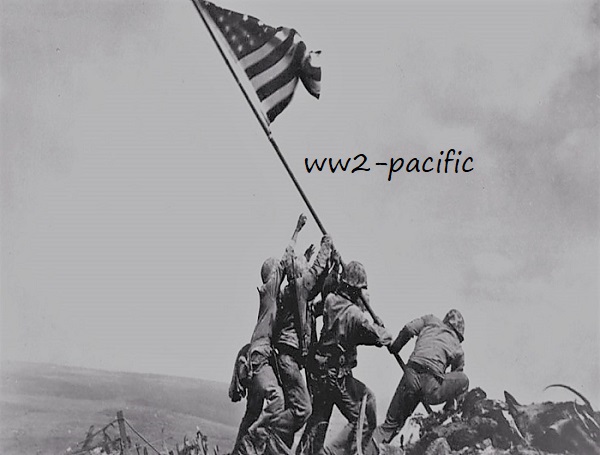Rank and Name, Captain Hugh Vernon Carico.
Unit/Placed in, 7th Infantry Division (C-Company), United States Army.
Hugh was born approx. on Jan. 12, 1913 in Canyon County, Idaho.
Father, James H. Carico (1947).
Mother, Jeannette L. Carico (Shearer) ( 1920).
Brother, John S. Carico (1981).
Hugh enlisted the service at Oregon with 0-337748.
Hugh V. Carico was a Captain in the 7th Infantry Division.
Hugh was KIA during the Battle of (the Aleutians) Kiska, on Aug. 15, 1943, and he is honored with the Purple Heart Purple Heart, Good Conduct Medal, American Campaign Medal, Army Presidential Unit Citation, Asiatic-Pacific Campaign Medal, WW II Victory Medal.
The Battle for the Pacific Island was a combined Operation, Kiska was already (nearly) left by the Japanese Troops.
Hugh is buried at Riverside Cemetery, Payette County,Idaho.
Thanks to Wikipedia.
Thanks to
Jean Louis Vijgen, ww2-Pacific.com and ww2-europe.com.
Air Force Info, Rolland Swank.
ABMC Website, https://abmc.gov
Marines Info, https://missingmarines.com/ Geoffrey Roecker
Seabees History Bob Smith https://seabeehf.org/
Navy Info, http://navylog.navymemorial.org
POW Info, http://www.mansell.com Dwight Rider and Wes injerd.
Philippine Info, http://www.philippine-scouts.org/ Robert Capistrano
National Historian
Navy Seal Memorial, http://www.navysealmemorials.com
Family Info, https://www.familysearch.org
Info, https://www.pacificwrecks.com/
Medals Info, https://www.honorstates.org
Website,
Find a Grave, https://www.findagrave.com
Tank Destroyers, http://www.bensavelkoul.nl/
The Japanese No. 3 Special Landing Party and 500 marines went ashore at Kiska on June 6, 1942 as a separate campaign concurrent with the Japanese plan for the Battle of Midway. The Japanese captured the sole inhabitants of the island: a small U.S. Navy Weather Detachment consisting of ten men, including a lieutenant, along with their dog. (One member of the detachment escaped for 50 days. Starving, thin, and extremely cold, he eventually surrendered to the Japanese.) The next day the Japanese captured Attu Island.
The military importance of this frozen, difficult-to-supply island was questionable, but the psychological impact upon the Americans of losing U.S. territory was tangible. During the winter of 1942–43, the Japanese reinforced and fortified the islands—not necessarily to prepare for an island-hopping operation across the Aleutians, but to prevent a U.S. operation across the Kuril Islands. The U.S. Navy began operations to deny Kiska supply which would lead to the Battle of the Komandorski Islands. During October 1942, American forces undertook seven bombing missions over Kiska, though two were aborted due to inclement weather. Following the winter, Attu was liberated and Kiska was bombed once more for over two months, before a larger American force was allocated to defeat the expected Japanese garrison of 5,200 men.
On August 15, 1943, an invasion force consisting of 34,426 Allied troops, including elements of the 7th Infantry Division, 4th Infantry Regiment, 87th Mountain Infantry Regiment, 5,300 Canadians mainly the 13th Canadian Infantry Brigade from the 6th Infantry Division with supporting units including two artillery units from the 7th Infantry Division, 95 ships (including three battleships and a heavy cruiser), and 168 aircraft landed on Kiska, only to find the island completely abandoned. The Japanese, aware of the loss of Attu and the impending arrival of the larger Allied force, had successfully removed their troops on July 28 under the cover of severe fog, without the Allies noticing. Allied casualties during this invasion nevertheless numbered close to 200, all either from friendly fire, booby traps set out by the Japanese to inflict damage on the invading allied forces, or weather-related disease. As a result of the brief engagement between U.S. and Canadian forces, there were 28 American dead as well as four Canadian dead,[5] with an additional 130 casualties from trench foot alone. The destroyer USS Abner Read hit a mine, resulting in 87 casualties.
